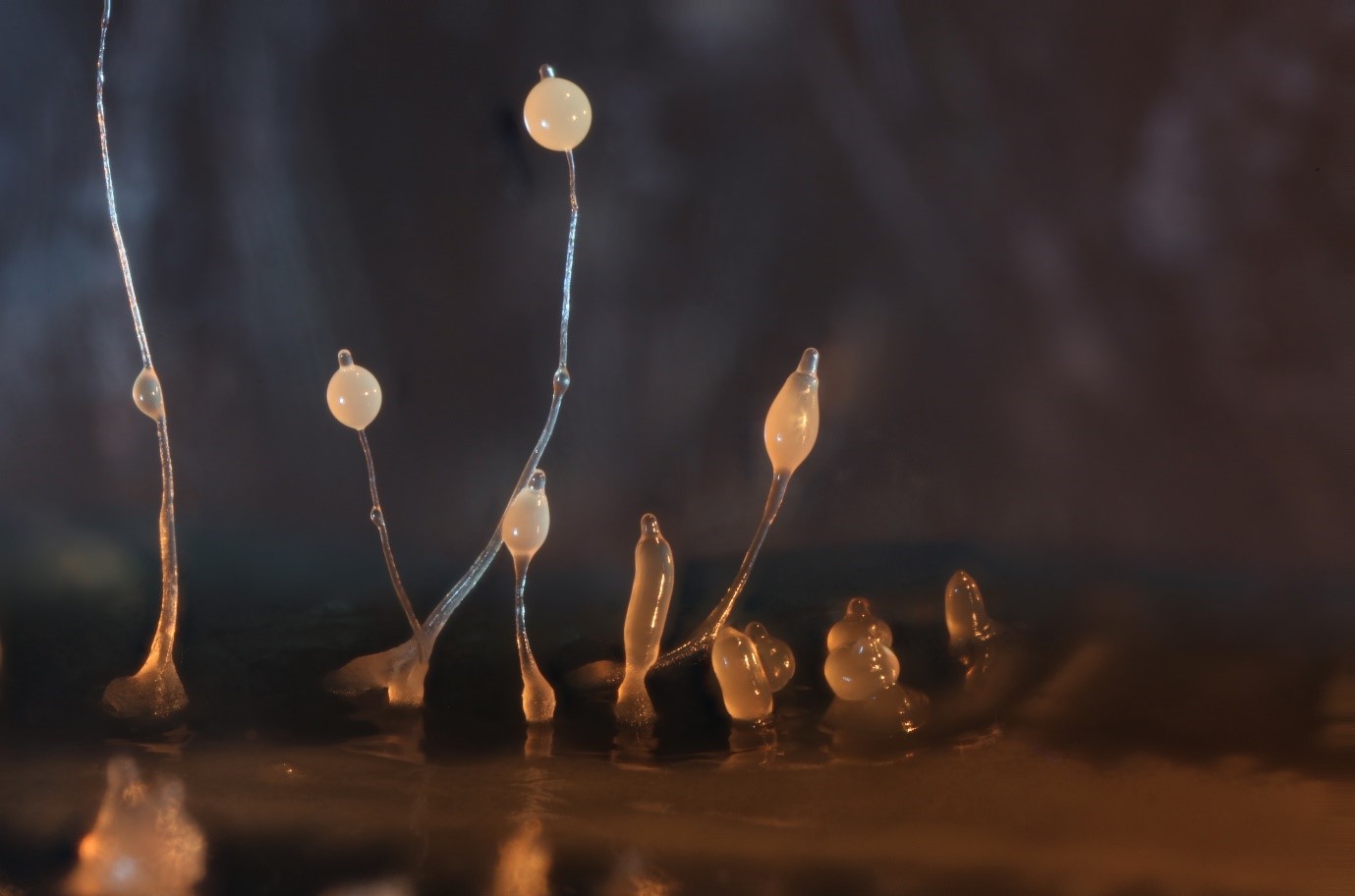
There is a lot of debate about how and why simple multicellularity emerged many times independently and what factors contributed to its prevalence. There are many theories why it was advantageous to be multicellular. Factors with direct advantage for aggregation (like avoiding predation) are evident but there are factors with indirect advantages, like spatiality and a changing environment. The latter can ensure the survival of the cooperative trait through group selection, without kin recognition or selection towards larger size (predation). Researchers of HUN-REN Centre for Ecological Research, Institute of Evolution and ELTE University investigated this hypothesis. They have modelled two types of cells in a temporally heterogenous, spatial environment. Cooperators can associate to form aggregates while cheaters cannot by themselves stick to others but can enjoy the benefits of the aggregate. In resource-rich environments, cooperators have a disadvantage due to slower growth, but only they can create propagules in resource-poor environments. Cheaters therefore need to piggyback propagule-forming cooperators to make it to the next rich habitat. The researchers have successfully demonstrated in their publication published in PLOS Computational Biology that cooperators can survive due to aggregation and group selection, enabled by spatiality in an alternating environment, without any further mechanism needed, like predation.
The evolution of multicellularity is one of the major transitions in evolution. It has occurred independently more than 25 times across different branches of life. Complex multicellular organisms, such as humans, achieve high complexity through related cells that remain together during division. In contrast, most single-celled organisms lack the regulatory mechanisms needed for this. For them, a simpler path is typically viable: forming multicellular structures temporarily, often under stressful conditions, like starvation. These aggregative multicellular species, such as the slime mold Dictyostelium, usually live as single-celled organisms. However, as their name suggests, the multicellular, slime-like form can move to a suitable habitat and grow a stalked fruiting body, which allows their spores to spread to nutrient-rich new locations.
The issue with this kind of multicellularity is that non-related individuals, or even those that don’t actively participate in cooperation (cheaters), can end up among the surviving cells. Since they don’t help, they can invest all their energy into feeding and reproduction—at the expense of the cooperative cells. This not only endangers the survival of the cooperative cells but ultimately the species itself, as too many cheaters would prevent the formation of the multicellular structure needed for reproduction. So, how can an aggregative multicellular species survive if cheaters always reproduce faster than cooperators? This is a particularly important question in the context of evolutionary transitions, where maintaining cooperation against cheaters is crucial.
Several hypotheses exist to explain why we see successful aggregative multicellular species nevertheless. One theory suggests that aggregation offers protection against predators: the more single cells stick together, the harder it is for a microbial predator to prey on them. Another hypothesis is that periodic starvation necessitates colonizing new habitats, which requires cooperative cells, thus even cheaters depend on them.
Researchers from the Institute of Evolution and ELTE University investigated these two hypotheses, examining the effects of aggregation and colonization under individual selection and group selection. They developed an individual-based, spatial computer model simulating the life cycle of a slime mold-like single-celled organism. In the model, cooperative cells produce the “glue” necessary for aggregation, while cheaters do not. The computer simulations clearly demonstrated that defense against predators is essential for the survival of cooperators in a continuously resource-rich environment. However, if resources periodically become scarce, predator-driven selection is not only insufficient but is also unnecessary for maintaining cooperation and multicellularity—it is a must to colonize new habitats.

Single-celled slime molds usually start to aggregate when resources become scarce, and cells begin to starve. A secreted molecule (cAMP) coordinates movement to a tight aggregate that ultimately forms a slug. This motile form moves around to find a suitable spot for sporulation where it grows to a fruiting body with a stalk and spores in the head. Only the spores will survive to see the next habitat. The researchers have simplified this complex life cycle in their computer simulations, retaining only the crucial steps.
Drawn by: István Zachar Photos: By Bruno in Columbus; by Usman Bashir (Copyright: CC BY-SA 4.0 Deed) and by Tyler Larsen (Copyright: CC BY-SA 4.0 Deed )
The researchers examined various colonization mechanisms (dispersal, fragmentation, aggregative spore formation, etc.) and found that only aggregative reproductive mechanisms can sustain cooperation long-term and robustly in such fluctuating environments. Thus, in a changing environment, group selection is more crucial than individual selection, in maintaining cooperation. The results suggest that these mechanisms played a key role in the evolutionary development of aggregative multicellularity.

Figure: István Zachar and István Oszoli


